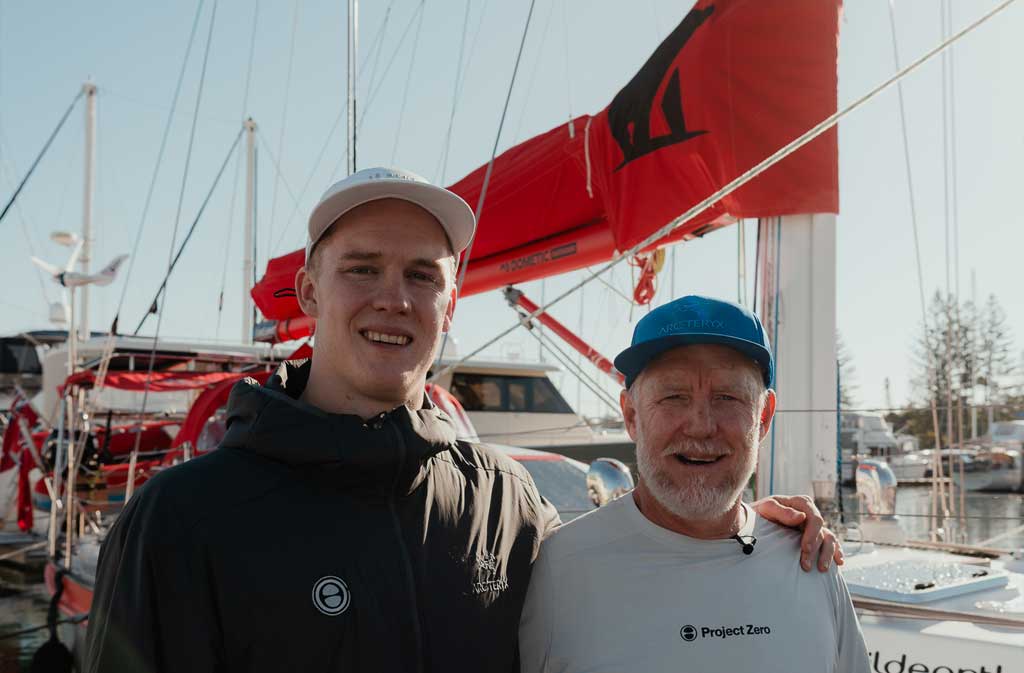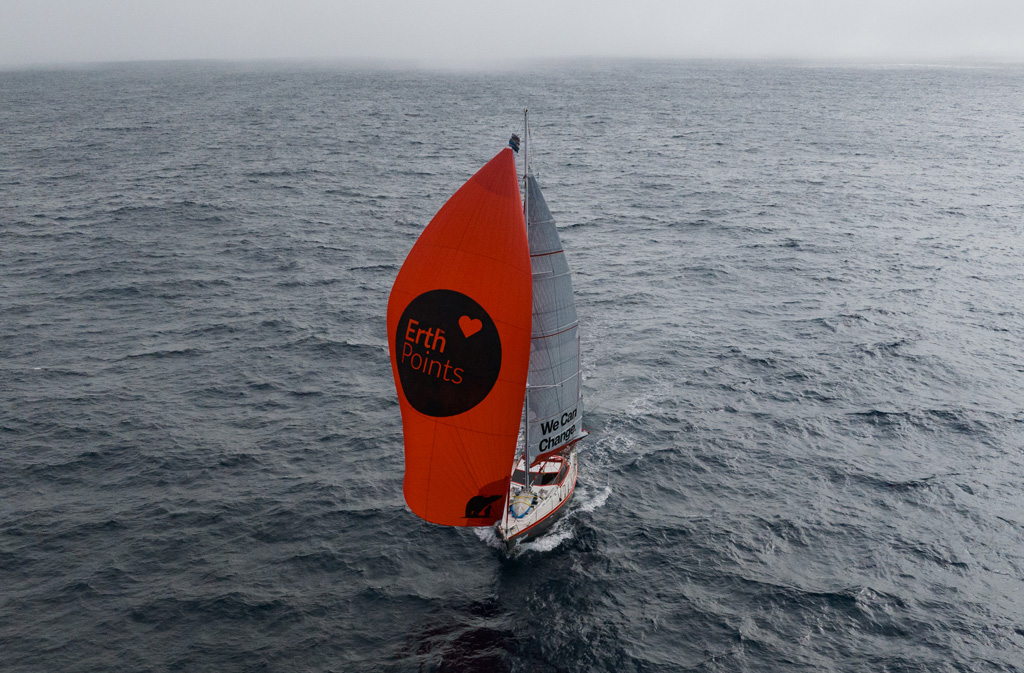Hope for Australian Species!
Since its inception in 1989, the Currumbin Wildlife Hospital has served thousands and in the past 20 years alone, they have helped over 150,000 animals in need of medical attention, making it one of the busiest animal hospitals in the world.
Set on 27 hectares of lush rainforest and natural eucalyptus-rich bushland in Queensland, the Currumbin Wildlife Hospital is an integral part of The Currumbin Wildlife Sanctuary. The area is now a heritage-listed zoological garden and home to native mammals, reptiles, birdlife, amphibians and some exotic species.
The Challenges
The Plight of the Koala

"We should never have allowed things to get to the point where we risk losing a national icon. If we can't protect an iconic species endemic to Australia, what chance do lesser known but no less important species have?"
IFAW Wildlife Campaign Manager Josey Sharrad.
To help stop the Koala’s impending localised extinction, Currumbin Wildlife Hospital Senior Vet Dr Michael Pyne is at the forefront of the Koala Vaccine Research Programme. In the past year, there were almost 500 Koala admissions, 60% of which were due to chlamydia. Given that there were only 27 Koalas admitted in 2008, there is a pressing need for this initiative to be successful given that the numbers are still on the rise. With over 20 years of experience treating sick koalas, the current programme shows promising results, but immunising their population will take time. Sadly, it is a luxury that is no longer on their side.
It takes 1000 gum trees to feed ONE Koala
Koalas are picky eaters, each one has its preferred gum tree species keeping gum cutters and veterinary nurses busy collecting several types of gum leaves daily to feed the fussy, furry creatures. Currumbin Wildlife Sanctuary has four Koala fodder plantations that contain around 38,000 trees. They set up the Tree To Me Programme to meet the demand, allowing the general public to purchase trees.
Rewards4Earth has the solution to raising much-needed funds, enabling the Currumbin Wildlife Hospital to focus its energy on rescuing, treating and releasing more animals back into the wild.


Our patented loyalty rewards programme provides a solution, if not THE solution!
At Rewards4Earth we are very grateful for the hard work the Currumbin Wildlife Hospital does to help, protect and restore our local and national wildlife. For some species, time is no longer a luxury afforded. Help us support the Currumbin Wildlife Hospital by downloading our Supporter App found on the App Store or Google Play. You can help make a difference using our App for your day-to-day shopping to earn Erth Points and contribute to the Currumbin Wildlife Hospital’s invaluable work as well as help us to Save the Planet via The Rewards4Earth Foundation when you spend at participating businesses.






